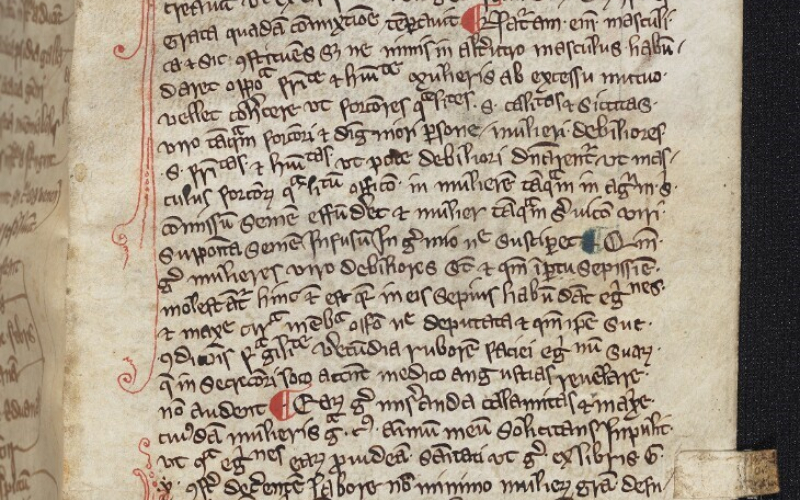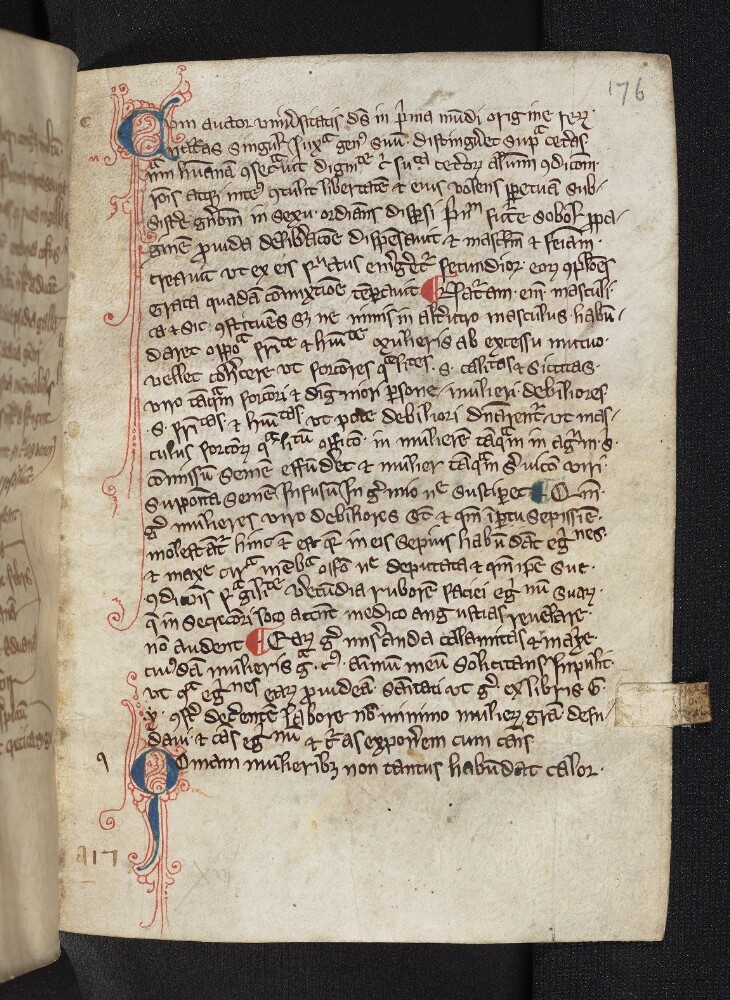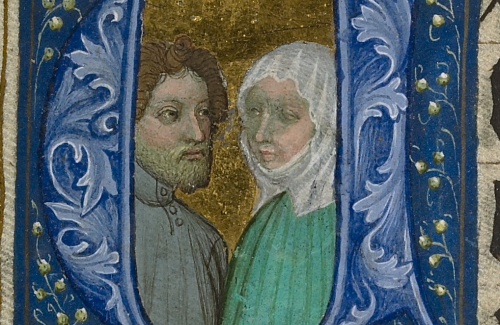#19 MS21
Like books, texts in manuscripts shouldn’t be considered in isolation, but as part of the intellectual world of their time. However, because of the nature of copying things by hand, we can use manuscripts to trace the movement of ideas and people between centres of learning.
One of our medical manuscripts illustrates this world of learning, reading and copying.
1. MS21 is a collection of mostly medical texts, similar to MS10 from our first week.
2. Its various parts were written between the 13th and 15th centuries, when they were assembled.
3. It’s the smallest of our medical manuscripts at around 160 by 100mm.
4. All of the texts were written in England.
5. The first set of texts that take up most of the book are the 13th century ones which are primarily medical in nature. They cover everything from the works of named scholars to how to diagnose ailments from the colour of the patient’s urine.
6. The second set of texts, taking up a smaller number of pages at the end of the book, are poems followed by miscellaneous recipes for everything from candles to ink.
7. The text starting on folio 18 can also be found in Pembroke MS 13, starting on folio 117, although this manuscript has an extra paragraph at the end. You can compare the two texts by using Digital Bodleian.
8. By their very nature, every hand written book is unique. Scribes would inevitably introduce mistakes, omissions and interpolations making their book different to the one they were copying. We can use these differences to trace who copied what book, when and where. Using this, we can see that Bodleian Ashmole 399 [images 5&6] is a copy of our MS21. It was written around the striking illustrations, which are from a century earlier.
9. As well as the text illustrated, four other texts were copied from MS21 into Ashmole 399. These include the work of Constantine the African, who we met when talking about MS10.
10. On the other hand, Bodleian Rawlinson D 238 apparently contains the same text as a section of MS21, but lacks the last 2 chapters of our copy, and is very different in general. This means they must have been copied from 2 different ‘originals’.


